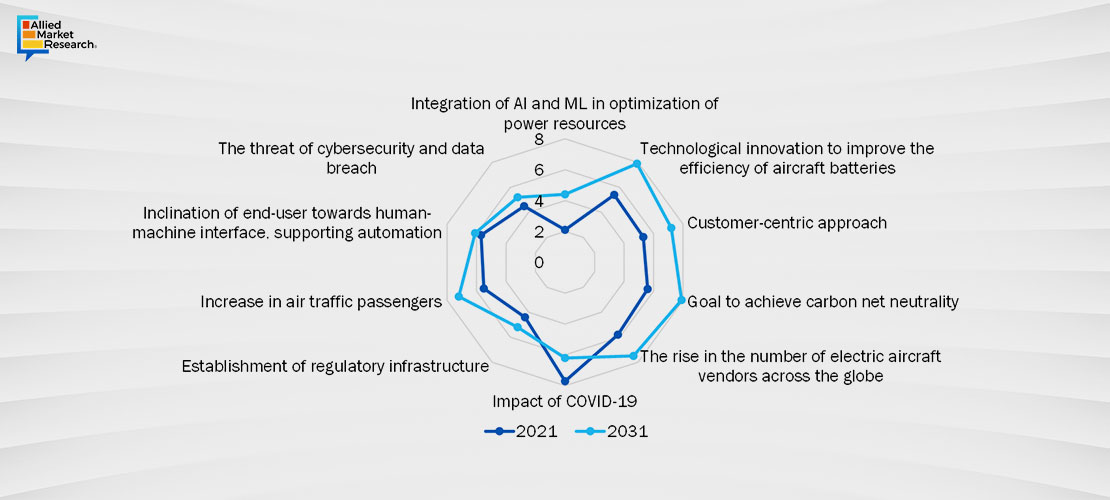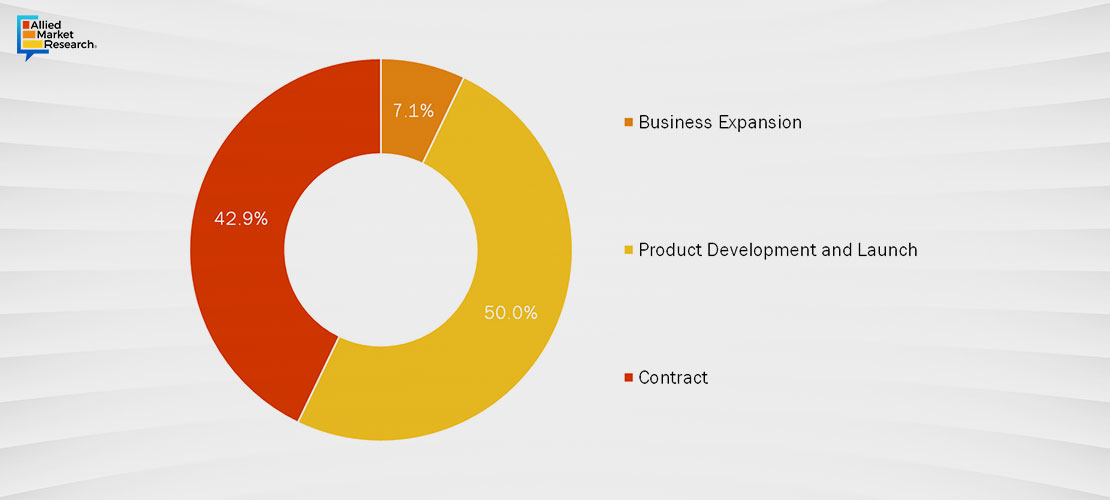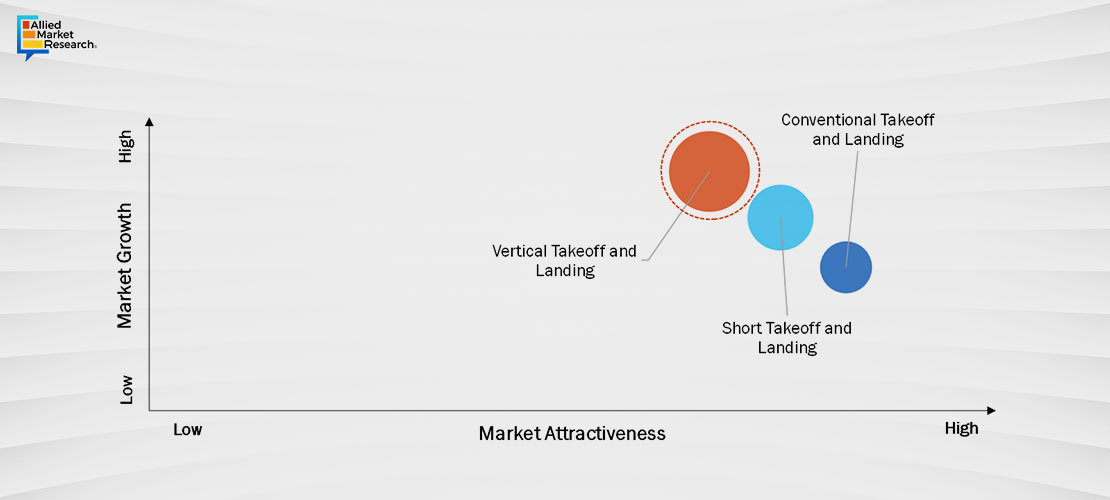Table Of Contents
- The Rise of Electric Aircraft
- 1.Technology and Components
- 2.Types of Electric Aircraft
- Advantages of Electric Aircraft
- 1. Environmental Sustainability
- 2. Cost Reduction
- 3. Noise Control
- Challenges/Roadblocks
- 1. Limited Range and Battery Technology
- 2. Charging Infrastructure
- 3. Regulatory Framework
- The Future of Electric Aircraft
- 1. Industry Collaboration
- 2. Urban Air Mobility
- 3. Market Investment
- Conclusion

Lalit Janardhan Katare

Rosy Behera
The Electric Aircraft Revolution: Pioneering Sustainable Aviation

The aviation industry is undergoing a transformative shift catalyzed by the ascent of electric aircraft. As the world faces the need to reduce carbon emissions and adopt practices to reduce carbon footprints from aviation industry, electric aviation stands out as a symbol of innovation offering a cleaner and more efficient future for air travel. This article explores the aspects of electric aircraft delving into their technology, benefits, challenges, and the significant impact they are having on the aviation industry.
The Rise of Electric Aircraft
1.Technology and Components
Electric aircraft utilize electric propulsion systems that mainly rely on high energy density batteries. The main components include motors, power electronics and energy storage systems. Remarkable advancements in battery technology, particularly with the development of lithium-ion batteries, has been pivotal in actualizing the concept of electric flights.
2.Types of Electric Aircraft
Electric aircraft come in various forms, catering to different aviation needs:
- Electric Vertical Take-off and Landing (eVTOL) Vehicles: These vehicles are specifically designed for air travel providing transportation between different locations within cities with vertical take-off and landing capabilities. Their distinctive feature lies in their ability to navigate urban environments efficiently, providing a specialized solution for short-distance travel within city limits.
- Regional and Commercial Electric Aircraft: These electric airplanes are used for shorter, to medium range flights, which aims to lower operational expenses and have a positive environmental impact.
Advantages of Electric Aircraft
1. Environmental Sustainability
As compared to fossil fuel powered planes, electric airplanes offer an advantage in terms of reducing carbon emissions. They emit no pollutants during flight, which aligns with the fight against climate change and the promotion of aviation industry.

2. Cost Reduction
Airlines can save on operating costs by using electric propulsion system aircraft, which generally require lesser maintenance as compared to traditional aircraft engines that require jet fuel for propulsion.
3. Noise Control
One of the benefits of electric aircraft is their quieter operation compared to conventional planes. This reduction in noise pollution is particularly important for air mobility, where controlling noise is crucial for gaining public acceptance. Enhanced noise control contributes to improved environmental sustainability, minimizes disturbances in residential areas near airports, and fosters a more pleasant and harmonious coexistence with surrounding communities.
Challenges/Roadblocks
1. Limited Range and Battery Technology
Electric aircraft face challenges related to range due to the current state of battery technology such as lithium-ion battery. While advancements are being made, electric planes are currently better suited for shorter or medium distance flights only owing to limited battery energy density, weight and space constraints, lack of charging infrastructure and others.
2. Charging Infrastructure
To enable adoption of electric aircraft it's crucial to establish a robust charging infrastructure. This includes developing scalable charging stations at airports and urban air mobility hubs as a priority.
3. Regulatory Framework
Integrating electric aircrafts into existing airspace requires regulatory frameworks that address safety protocols and certification challenges in a standardized manner. These steps are essential for obtaining regulatory approvals to established safety protocols and certification standard. The regulatory framework is essential to ensure that electric aircraft operations meet the necessary safety and certification requirements, providing a standardized approach for their inclusion in the airspace. The approval process involves regulatory authorities evaluating and granting the necessary certifications for electric aircraft to operate safely within the existing aviation infrastructure.

The Future of Electric Aircraft
1. Industry Collaboration
Collaboration between established aerospace companies and innovative startups is pushing the boundaries of aviation. Partnerships involving manufacturers, technology firms and government bodies are fueling research, development and the commercialization of aircraft. For instance, in June 2023, Airbus and STMicroelectronics signed an agreement to advance research on the next-generation of semiconductors, which are a key enabler of the aerospace industry’s transition to hybrid and full-electric aircraft.
2. Urban Air Mobility
Revolutionary changes are on the horizon for air mobility with Electric Vertical Takeoff and Landing (eVTOL) vehicles. These vehicles offer sustainable transportation options within populated areas. Prototypes and test flights are demonstrating the potential of these vehicles.

3. Market Investment
The electric aircraft market is experiencing growth attracting investments. Both governments and private entities recognize the potential of aviation leading to increased funding for research, development and infrastructure.
Conclusion
Electric aircraft are not a curiosity but a transformational force that is reshaping the aviation industry. While challenges persist, the unwavering commitment to sustainability and technological advancements positions sustainable aviation as a key contributor to the future of air travel. As innovation continues to prevail over obstacles, electric aircraft promise to redefine our skies by offering a greener and more sustainable alternative for generations in aviation.

